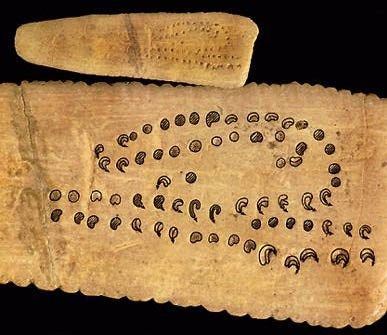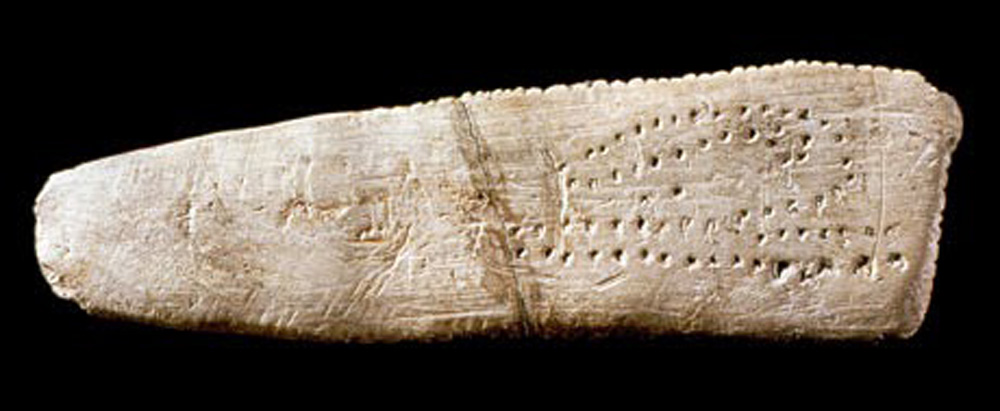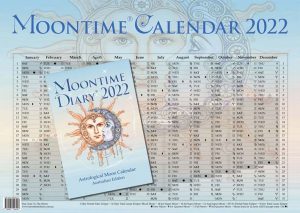The Evolution of the Lunar and Solar Calendar
~ A fascinating account of man’s attempt to align the lunar with the solar cycles ~
We never really think much about the calendar and its evolution, even though it is crucial in our everyday lives. Not only do we record births, deaths, marriages and contracts. We plan; religious leaders determine the times to worship, agriculture, trade and shipping in the commercial world would be unthinkable without the calendar.
Traditionally most people used the lunar phases, which are easily accessible to everyone. Other measurable occasions were solstices and equinoxes. The ancient Egyptians developed their Nilometer, a built structure to measure water levels and clarity. They used the Nilometer to predict yearly/solar seasons for harvesting and taxes!

Many prehistoric lunar calendars, including carved bones dating back to the famous caves at Lascaux in France, have been found.
Ever since, humankind has struggled to align the lunar with the solar calendar. Countless tweaks, changes that were accepted at varying times by different countries, indicate how complicated the matter of recording time is.
The ruling kings, priests and aristocrats kept the early Roman calendars a secret, giving them tremendous power and advantage. However, in 304 BC Cnaeus Flavius (of Rome) stole a copy of the codes that determined the calendar and posted it in the middle of the Roman Forum for everyone to see*. Priests and patricians then had to relent and issue the calendar as a public document.
Two hundred fifty years later, in 45 BC, Julius Caesar introduced the 1 January. Romans awoke to a new year with a new calendar that was among the most accurate in the world. Three hundred sixty-five days + six hours alternating between 30 and 31 days each month, with February varying between 29 and 30 days in leap years.
The calendar was still running a few minutes slow, amounting to hours over time. Still, Caesar’s calendar was an object of pride to many educated Romans. It injected a new spirit into how people thought about time and fostered a middle class of traders, bureaucrats, money lenders and craftsmen. After Caesar’s death, Quintilis was renamed July in honour of Julius Caesar (44BC), and, later, Sextilis was renamed August in honour of the Roman Emperor Augustus in 8 BC.
In 1582 Pope Gregory XIII reformed the calendar again to calculate the date for the Easter Festival to fall to the time the church had initially introduced it.
If this short introduction to the evolution of our lunar and solar calendar has sparked your interest, I highly recommend you read:
“The Calendar ~ A long time struggle to align the clock and the heavens’ 
* A fascinating account of the history of man’s attempt to compute time ~ says the Independent.
The Moontime Diary 2022
This diary is a potent tool that makes it easy for you to align your plans to the lunar and solar cycles.
Southern hemisphere seasons, Moon diary, Southern hemisphere moon phases, Moon southern hemisphere, Lunar seasonal diary


